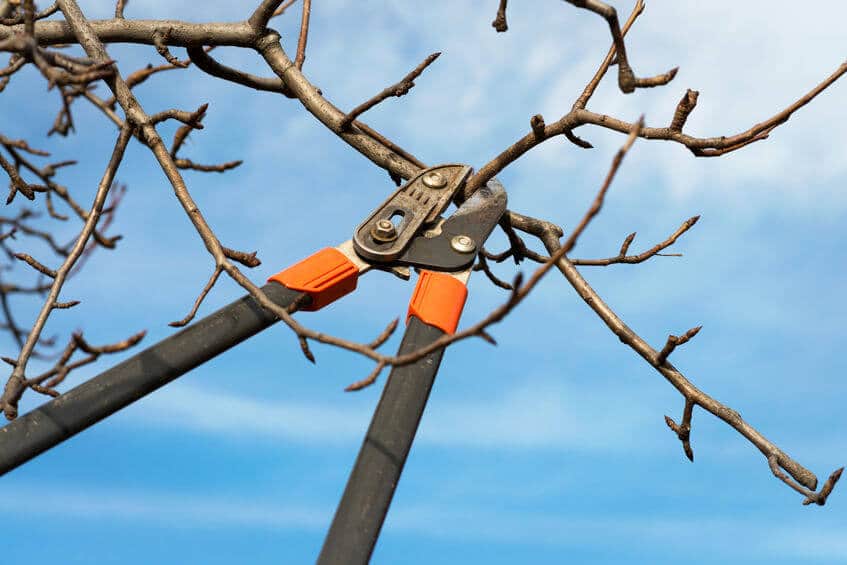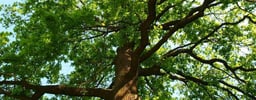At Senske Services, we want to help you take the best care possible of every tree and shrub on your property. Pruning your plants is part of that care. Timing your pruning is just as important as doing the job, because the time when you prune will affect new growth and the overall health of each limb that you trim. Pruning can be done all throughout the year, depending on the trees and shrubs you have and what your goals are, but planning your pruning based on the current season will help you encourage the right type of growth for your trees or shrubs. Here is a closer look at when you should prune and why this is an important part of your overall tree care.
Why Should You Prune Your Trees or Shrubs?
Before we discuss what season to prune, first we need to discuss why pruning is so important to your overall tree care plan. Pruning helps both the tree and the property around it. When you prune, you eliminate the risk of dead branches, which can fall from the tree and hurt people or damage property. The tree itself also benefits from regular pruning. Proper pruning can encourage the tree to grow into a certain shape that will improve its structural integrity and overall aesthetics. Pruning also gives you the chance to remove diseased or damaged limbs, before they have a chance to affect the rest of the tree’s overall health and stability. When done well, pruning can actually encourage more growth by ensuring the tree is not sending resources to struggling branches.
Pruning can take place at any time of the year. However, late winter or late summer tend to be good times to do some pruning based on the growth cycle of the tree. Keep in mind that the timing for pruning will depend on the type of tree or shrub you are discussing, as each plant has a unique growing cycle, so you will want to talk to a professional arborist when deciding on the timing of your pruning job. Senske Services has professional arborists on our team who can help you make wise choices about pruning.
Winter Pruning
Many people will prune their trees and shrubs in the winter when the plants have gone dormant. This is an effective time for pruning because the branches are easier to see when the leaves are not on the trees. This can help the arborist or property owner better evaluate where pruning needs to take place.
This type of pruning causes an interesting effect in the spring when the tree starts to grow again. Large bursts of new growth will occur on these trees. This can be what you want out of your pruning efforts. If so, wait to have your trees pruned when the winter’s coldest months have passed. Keep in mind that trees, like maple trees, with a large amount of flowing sap may bleed from the pruned points. This does not harm the tree.
Summer Pruning
Winter pruning causes vigorous growth. Summer pruning has the opposite effect. If you are looking to direct growth and slow branches that you want to keep smaller, prune in the summer after the tree or shrub has finished its growing cycle. This type of pruning reduces the total leaf surface, which in turn reduces the amount of food the plant produces and slows its growth. Prune your trees and shrubs in the summer if your focus is on directing the growth.
When Not to Prune
You should avoid pruning during the flowering season. For spring-blooming plants, wait to prune until the flowers fade, which usually means summer pruning is best. For summer-flowering plants, winter or spring pruning, before the flowering begins, is best. Timing your pruning in this way will encourage better flowering during the next bloom cycle.
If you are looking to tackle some late winter or spring pruning, the team at Senske Services is ready to help. We offer a team that includes ISA Certified Arborists and have over 75 years of experience. Our professional and knowledgeable crew is licensed and bonded for your protection.
Get your free, custom estimate and $50 off your next pruning service when you call Senske Services to prune your shrubs or trees in early spring or late winter.










